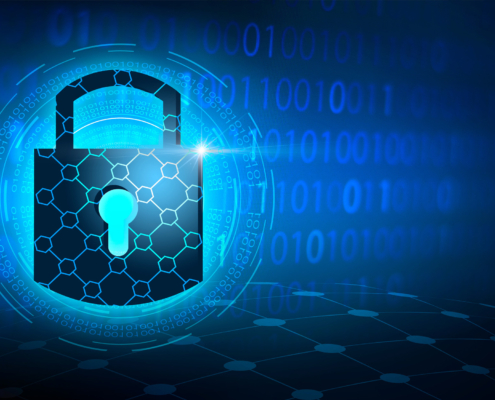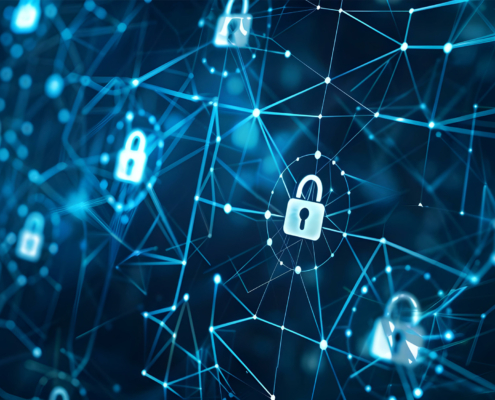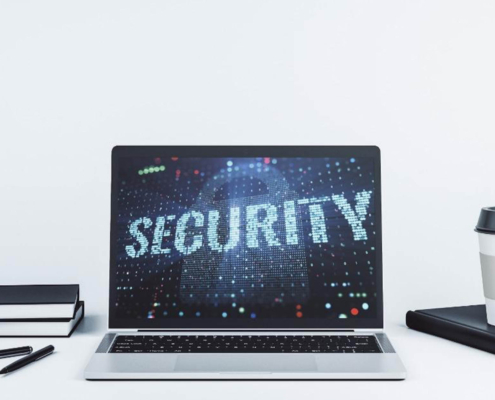
What Should Be Included in Your Incident Response Protocol?
An effective incident response protocolacts as much-needed armor for any business, both large and small. In this blog, we’ll explore some of the key components of an incident response protocolthat help you navigate and mitigate cybersecurity threats, promote compliance, and empower you to build trust with your customers and stakeholders.
Understanding Incident Response Protocols
An incident response protocol outlines the systematic process to handle and manage the aftermath of a security breach or a cyber attack, also known as an incident. With a focus on the prevention, detection, analysis, and smooth handling of such events, these protocols subsequently aim for the protection and recovery of the afflicted systems as promptly as possible. This systematic and organized incident response is essential to safeguard your organization from potential threats while minimizing disruption and damage.
Why You Need an Effective Incident Response Protocol
An efficient incident response protocol is not just desirable but essential for an organization. It serves multiple purposes:
- Prevents Organizational Chaos: In the unfortunate event of a cyber threat, having a protocol in place directs the incident response teams to follow a planned and systematic methodology, thus averting unwarranted disarray.
- Mitigates Damage From Cyber Threats: The protocols are designed to counter and control the damage effectively. Early detection, prompt containment, and strategic eradication lessen the overall impact of the threat.
- Organized Response: The incident response team can enact the protocol swiftly in a cohesive and organized manner.
- Compliance Maintenance: Regulatory bodies often require businesses to maintain and follow an incident response protocol. Compliance could hence be ensured through an appropriately instituted protocol.
- Establish Trust: An incident response protocol can help you build or rebuild trust with customers and stakeholders. Timely and effective response enhances the organization’s reputation.
- Strengthens Overall Security Posture: A well-defined protocol not only handles the situation at hand but also strengthens your security stance. The robust protocol can prevent future threats.
Key Elements of an Effective Incident Response Protocol
Any good incident response protocol contains certain key elements that ensure its effectiveness in real-life incident response.
Preparation
Preparedness is the first step towards creating a robust incident response protocol. It involves both risk assessment and setting objectives, along with developing response policies and procedures.
Risk Assessment and Setting Objectives
Identifying the potential risks that your organization may face is fundamental in improving your security posture. Your incident response protocol should be centered around the risks you’ve uncovered and the goals you’ve established to handle them.
Developing Response Policies and Procedures
Having a clear policy structure defining the procedures to be followed in the event of a security incident is crucial. Your protocol should detail the procedures in a simple, easy-to-understand approach for all team members to comprehend and act upon.
Identification and Analysis
Identifying the occurrence of an incident and analyzing its potential impact is the subsequent step in an incident response protocol.
Incident Detection Methods
Speedy detection can limit damage. Thus, implementing efficient incident detection methods is essential. Employing methods like network traffic analysis and abnormal activity detection can reveal any potential threats.
Analyzing the Potential Impact of the Incident
Following the detection of an incident, evaluating its possible impact on your organization is paramount. Impacted systems, potential group threats, cause, and extent of the breach should all be analyzed so that you can respond to the threat properly.
Containment, Eradication, and Recovery
The next steps of your incident response protocol should involve the containment of the issue, eradication of the threat, and recovery and restoration of systems.
Short-Term and Long-Term Containment Strategies
Quick containment of the incident is crucial to prevent further impact. Strategies like isolating affected systems form short-term containment strategies. Long-term containment involves the implementation of stronger preventive measures for a more robust shield.
Incident Eradication Techniques
Post-containment, eradicating the threat should be your incident response protocol’s primary focus. Physical security assessments or more technical approaches, including advanced threat detection tools, may be employed.
Restoration and Recovery Process
The recovery process should also prioritize restoring systems back to their normal functioning. This might include reinstalling system components, updating compromised passwords, and testing system vulnerabilities.
Improving Your Incident Response Protocol After an Incident
A vital part of incident response involves learning from experience. Successful containment and eradication of a threat should lead to an evaluation of the protocol, and necessary updates should be implemented.
Post-Incident Evaluation
Post-incident evaluation is an integral part of improving incident response protocols. Analyzing incident response successes and failures, and implementing changes based on what you learn, becomes instrumental. Key aspects of this analysis include:
- Understanding what worked and which areas need improvement
- Evaluating the steps taken during the incident
- Determining if the incident went unnoticed or if any part of the incident remains active
These insights can then be used to enhance the existing protocol for better management of similar incidents in the future.
Employee Training and Awareness
Employees play a crucial role in maintaining the security posture. Their training and awareness become instrumental in managing and preventing cyber incidents. Workshops, simulations, and awareness drives can significantly fortify the organization’s security stance. Employees should be made aware of their responsibilities to report unconventional activities, thus serving as the first line of defense against potential threats.
Keeran Networks’s cybersecurity solutions provide actionable insights and remediation plans that help you strengthen your defenses, fortify your systems, and proactively avoid future incidents.
The Keeran Network Approach: Proactive and Future-Focused
At Keeran Networks, we champion a proactive, resilience-focused approach to incident response, moving beyond mere reactive measures to preemptively combat cyber threats. By continuously monitoring for risks, conducting regular security assessments, and more, we prepare you in advance for potential attacks, limiting their impact.
Our incident response strategy helps you adapt to new threats through ongoing training and model refinement, ensuring preparedness for both current and emerging dangers. At its core, our method prioritizes cyber resilience, equipping your organization with a robust continuity plan that helps you sustain operations during cyber incidents, minimize service interruptions, and maintain customer trust.
Start Elevating Your Security Posture With Keeran Networks
In the face of ever-evolving cyber threats, safeguarding your business with a robust incident response plan is crucial to prevent financial losses, operational disruptions, and reputational damage. At Keeran, we strive to ensure your incident response protocol is well-coordinated and adaptable to the ever-changing cyber landscape, helping you strengthen your cyber defense and keep your business safe. Get in touch with our team today to refine and reinforce your incident response protocol.
Share This Post
More Like This


What Is EDR?
Cybersecurity
Understanding Cybersecurity IT Services for Your Edmonton Business
Cybersecurity, Small Business Industry
Explaining Cyber Liability Insurance
Cybersecurity
What Should Be Included in Your Incident Response Protocol?
Cybersecurity
Why Is MFA Important: Keeping Your Data Secure
Cybersecurity
IR Plans: Incident Response for Business Continuity
Cybersecurity
Managed Cybersecurity: How Cisco Meraki Can Help Improve Network Security
Cybersecurity
The Importance of a Cybersecurity Audit
Cybersecurity
We’re here to guide, connect, and protect your business.


